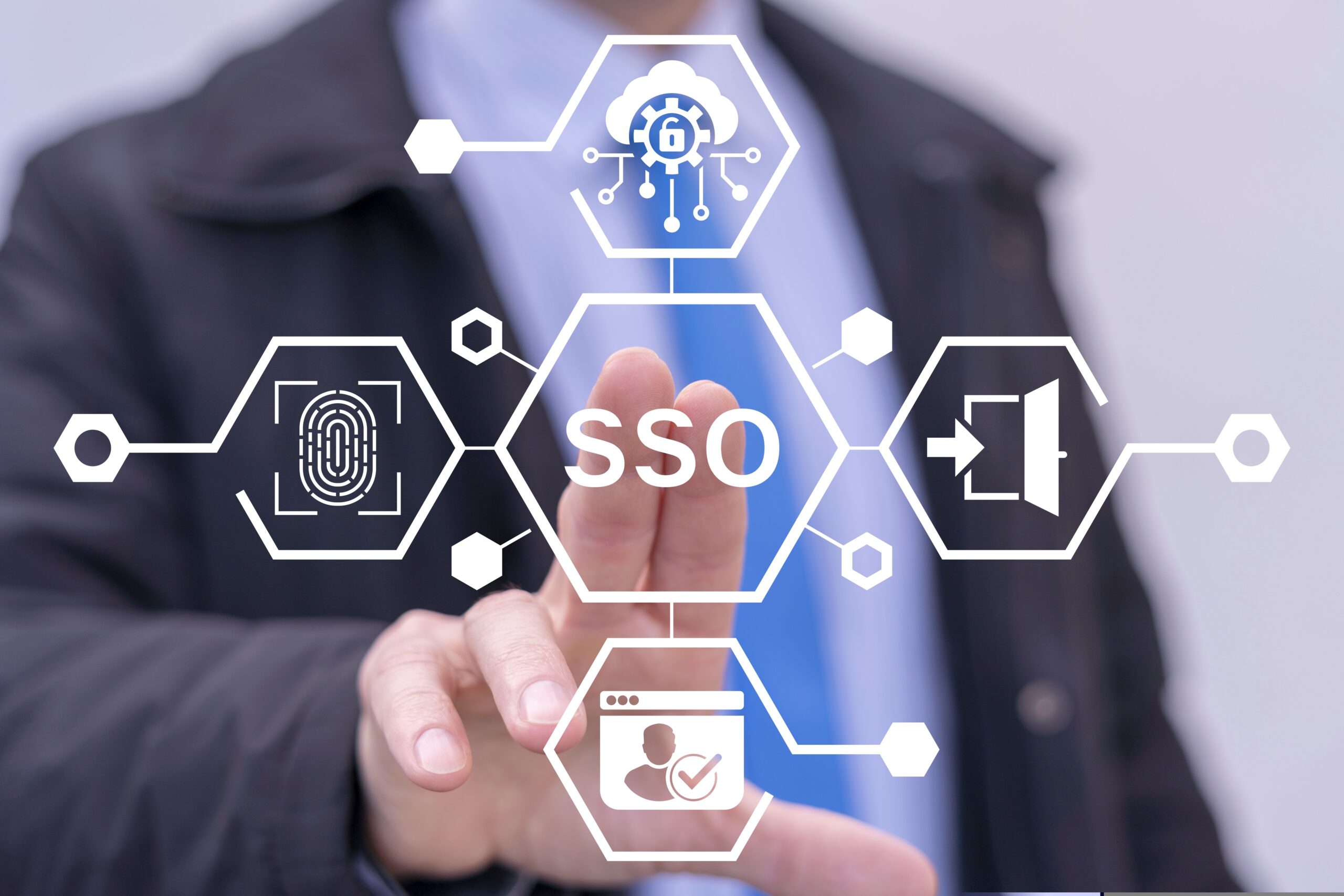Peter Drucker, the most recognizable management thinker of the 20th Century, is credited with saying, “If you can’t measure it, you can’t manage it.” This statement is at the heart of modern management theory, but Drucker was not just referring to financial metrics like Return on Investment (ROI) and profits. In claiming this, Drucker was also informing the idea that if we cannot measure performance, we cannot learn from it and improve it. Peter Drucker believed that managers setting out measurable goals for their teams was the only way to create accountability for achieving those goals. If a manager failed to set clear objectives or if an employee failed to meet them, this would lead to poor performance and eventually failure.
Importance of Performance Indicators
Management systems are the backbone of any organization’s success, providing a clear picture of performance strengths and weaknesses. The International Standards Organization (ISO) has integrated this practice of creating objectives as part of its management system standards. For example, the ISO 45001 Occupational Health and Safety Management System Standard requires management systems to implement a means of monitoring, measurement, analysis, and performance evaluation. Setting organizational performance metrics and periodically assessing and managing these are core components of implementing a successful management system.
Setting EH&S Performance Goals
The challenge with setting EH&S performance goals is that it may be unclear what performance indicators have the biggest effect on an organization’s EH&S performance. Having a clear understanding of the factors that cause success or failure at an organizational, team, and individual level is the first step. Then the management team can focus their efforts on defining clear objectives that can be measured against this success or failure criteria.
Key Performance Indicators (KPIs) can be monitored to identify areas where improvements can be made, allowing for better allocation of resources (adjusting work processes, diverting funds, etc.) towards improving those areas that need it most. The primary objective of measuring KPIs is to provide a clear picture of how an organization is performing against its strategic plan, and allow for corrections where necessary. As Drucker postulated, numbers, when interpreted correctly, uncover the truth, and tell a story.
Key Performance Indicators fall into two categories for data analysis. Lagging Indicators are those that arise when past efforts are measured. Leading Indicators are sets of data from analyzing current preventive measures.
Examples of Lagging Indicators
- Days Away, Restricted or Transferred (DART) Rate (i.e., Lost Time Injury Rate)
- OSHA Recordable Incident Rate
- Near Misses
- Critical Injuries
- OSHA Citations
- Experience Modification Rate (Insurance Modifier)
- Property Damage
Examples of Leading Indicators
- Risk Assessments
- Toolbox Talks and Training Conducted
- EH&S Observations
- Safety Communication
- Management Walkaround Visits and Conversations
- Management Review Meetings
Tracking and Analysis
Simply measuring indicators is not going to improve a management system. Understanding what data needs to be measured, how often it needs to be recorded, and how to interpret the findings all work together in enabling users to make positive changes. However, this is easier said than done. There are several issues that companies face while tracking and analyzing EH&S performance goals, including:
- Lacking a centralized database for easy data comparison.
- Utilizing spreadsheets, which can often result in errors and the loss of information.
- Conventional data measurement tools’ inability to extract data points from multiple sources and combine them for meaningful outputs.
- Inconsistent data because of nonstandard reporting methods.
- Gaps in data collection when observations are not regularly made.
Advantages of Using EH&S Management Software
Using EH&S software for tracking performance goals enables an organization to have better control over its KPI assessment, monitoring, and action planning. EH&S software simplifies the immense task of storing, organizing, and recalling large amounts of data with
- Data mining,
- Data validation, and
- Data visualization.
Data mining is the process of discovering actionable items from large amounts of raw data. The goal is to identify meaningful patterns and relationships in the data, which can then be used for prediction, decision-making, and other improvement purposes. The data mining process is a complex task that requires several different steps which can all be expedited and even automated with technological assistance.
Data validation is a process through which information is validated to ensure accuracy and relevance. In companies or organizations with strict regulations, this is especially important because it ensures that all critical information is accounted for and processed correctly. Powerful analytic software can be used to set trigger points or threshold limit activators. These will allow users to be alerted when their threshold limits or goals have been achieved. Users can also identify and validate potential relationships (i.e., patterns) between different datasets and draw conclusions from the information gathered.
The purpose of Data visualization is to convey information in a way that makes it easy for users to quickly understand it. This can be accomplished through data output options such as charts, graphs, and summaries. The vast amounts and complexity of details collected from employees, stakeholders, and processes can be represented in a simplified representation.
Visualizing the data with interactive graphics, online dashboards, and reports help users make sense of the data, create presentations to communicate insights to stakeholders, and come to more sound conclusions concerning how to refine their approach to achieve EH&S targets. These outputs can also contribute to operations outside of safety, such as Corporate Sustainability reporting.
“Responsible management,” as Drucker called it, brings teams together with the discerning creation and clear communication of objectives that address every part of operations. When it comes to establishing safety goals within an organization, robust EH&S management software can greatly enhance this process. EH&S software can allow users to set up intuitive dashboards so that managers can quickly find the information that will shape more proactive safety programs.
Author Bio
The SafetyStratus Research Advisory Group (RAG) brings together thought leaders from the global environmental, health, and safety community to promote best practices and provide key insights in the profession and the industries they serve. The Research Advisory Group also advocates, where practical, the intersection of and advances with the use of technology, such as the SafetyStratus enterprise EHS software platform. Group membership consists of representatives from across varied disciplines and market sectors as well as select members of the SafetyStratus team.
The primary objectives of the SafetyStratus RAG partnership are to:
- Build a strategic partnership between EHS practitioners and the SafetyStratus team.
- Provide engaging and practical content to the global EHS community.
- Provide discipline and market feedback specific to SafetyStratus products and services.
While the objectives of the RAG are varied, the primary public-facing outcome will be available through engaging and practical content found on the SafetyStratus resource pages. Various articles, papers, and other valuable resources will be produced and shared as part of an ongoing effort to cultivate a robust community. Ultimately, the SafetyStratus RAG will expand to have a broader reach and provide opportunities for more inclusion by all interested EHS professionals in a collaborative community environment.



